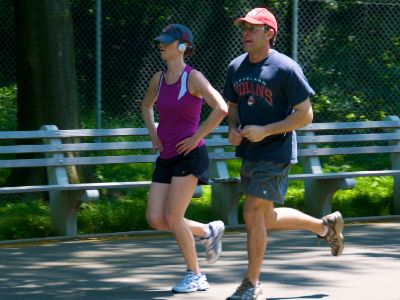Venous Ulcers: Symptoms, Risk Factors, Causes, and Treatment

What is a Venous Ulcer?
A venous ulcer is a wound that takes longer than usual to heal. It is due to vein and blood flow issues and often occurs on your legs near your ankle. This condition can sometimes lead to severe problems if left untreated. However, there are also several ways to prevent them from happening.
The Signs and Symptoms of Venous Ulcer
- Brownish discoloration
- A foul-smelling fluid oozing from the sore
- A rash or dry skin
Worsening symptoms include:
- Worsening pain
- A fever
- A redness or swelling of the surrounding skin
- Pus
Call your doctor if you experience:
- Bleeding
- Odor
- Fever or chills
- Redness, increased warmth, or swelling around the wound
- More drainage than before or drainage that is yellowish or cloudy
- Increased pain
Risk Factors Of Venous Ulcers

- Obesity
- Deep vein thrombosis
- Sitting for long periods with legs positioned below heart level
- Family history of ulcers.
- Sedentary lifestyle
- Lymphedema
- Standing for long periods
- Uncontrolled swelling
- Older age
- Personal history of venous ulcers
- Trauma, such as a fracture or burn
What Causes Venous Ulcers?
Your veins contain tiny valves that keep blood circulating throughout your body. These valves snap open and shut to move blood against the force of gravity back to your heart. In some people, venous diseases affect valve functioning. Other medical conditions, like diabetes, can also put you at risk for leg and foot ulcers.
The veins in the leg, which should send blood back to the heart, might not be doing their job all that well. That is often because the valves that stop the flow of blood back into the veins are not. The backflow of blood means increased pressure at the end of the limb. Over time, it can weaken the skin and make it harder for a cut or scrape to heal.
Other causes are:
- High blood pressure, which damages blood vessel walls.
- Venous obstruction is a vein blockage that’s sometimes due to blood clots.
- Venous reflux is when blood flows backward through weak or damaged valves.
If left untreated, this condition may cause the following complications:
- Infection. Bacteria, viruses, or fungi can lead to infection of the wound. Some severe infections, such as osteomyelitis or septicemia, can occur and require antibiotics.
- Worsening or nonhealing ulcer. An untreated ulcer or underlying
Treatment, Management, and Prevention of Venous Ulcers
Venous ulcers don’t heal on their own. The longer you live with them, the greater the likelihood of permanent tissue damage. The damage can spread or cause infections that can become life- or limb-threatening. To prevent this condition, you can:

- Use compression stockings especially if you experience this condition before. Compression stockings may be recommended by your doctors to squeeze your legs and improve your circulation.
- Weight loss. Maintaining a healthy weight loss is essential for people who have obesity or are overweight. It can help treat and prevent venous leg ulcers. Excess weight leads to high pressure in the veins in your legs, which can damage your skin. To help you lose weight, regular exercise and a healthy, balanced diet are recommended.
- Treating underlying problems. Varicose veins are a common condition that may worsen venous ulcers. Treating underlying conditions involves inserting a flexible tube into the affected veins, with high-frequency radio waves or lasers used to seal them.
Venous ulcers that are severe or not responding to standard therapies may require additional treatments such as:
- Growth factor therapy. It uses injectable substances that attract healthy cells to ulcers.
- Hyperbaric oxygen therapy. It is a treatment in which you sit in a special, pressurized chamber and inhale pure oxygen.
- Lymphedema therapy. Massage, skincare, and bandaging techniques that clear fluid buildup.
- Skin graft, replacing diseased skin with healthy skin from another part of your body.
- Stem cell therapy, injections of bone to generate healthy tissue.
- Venous disease treatment to correct blood pooling problems and improve circulation.



